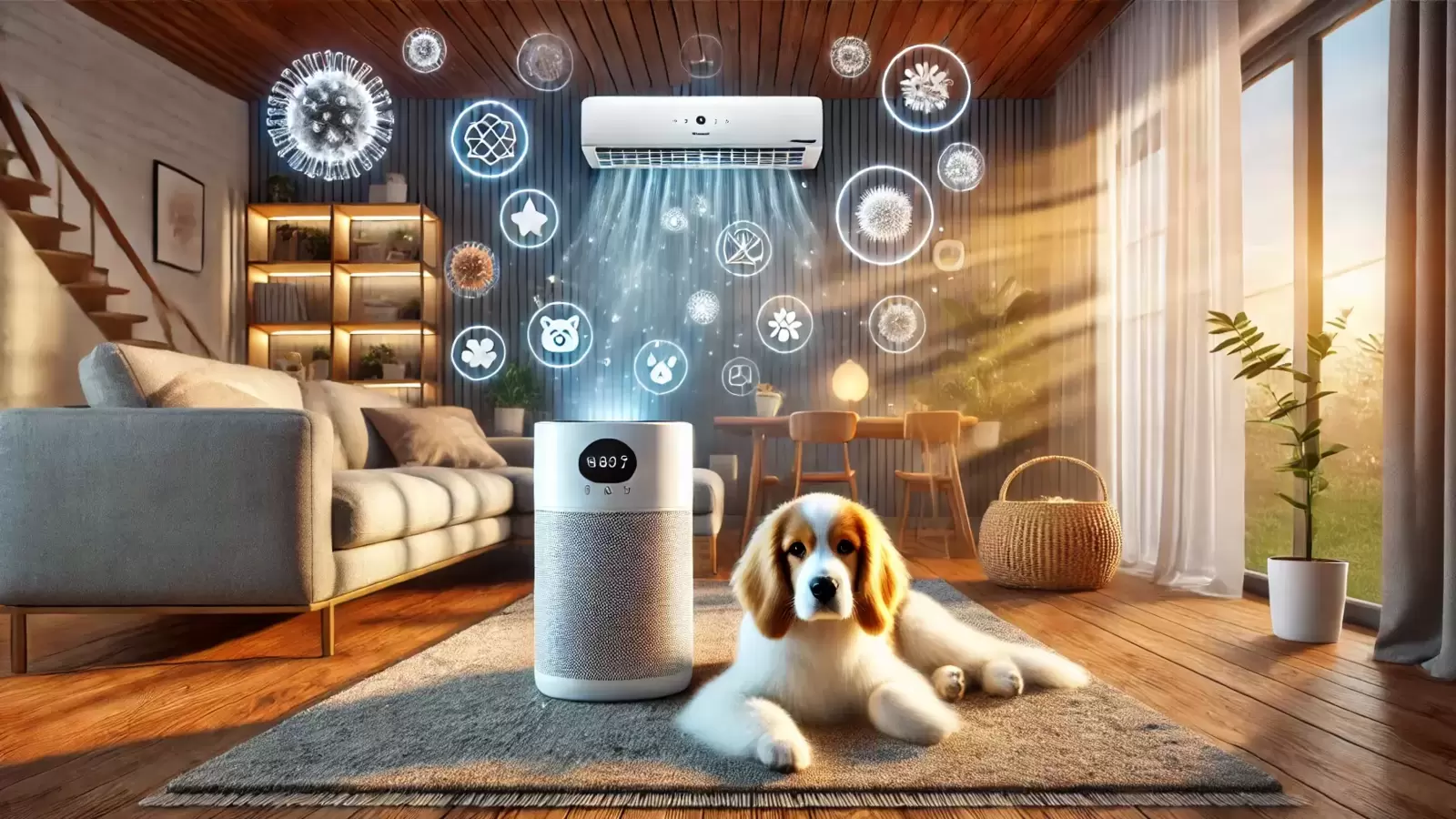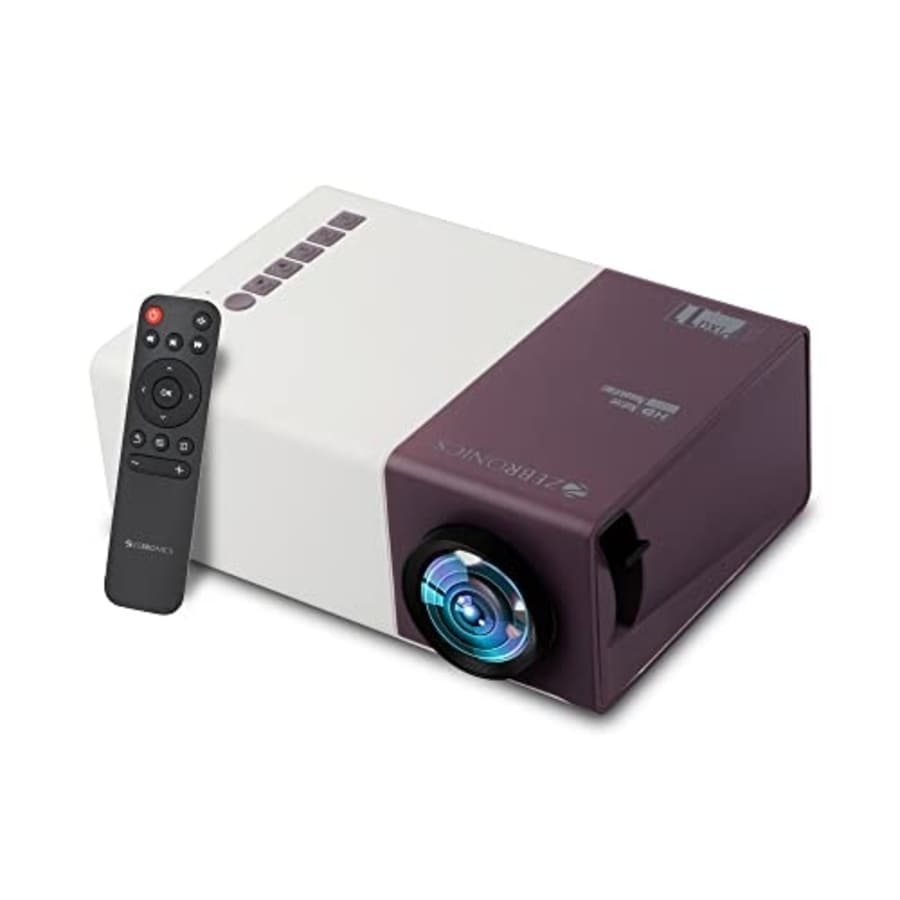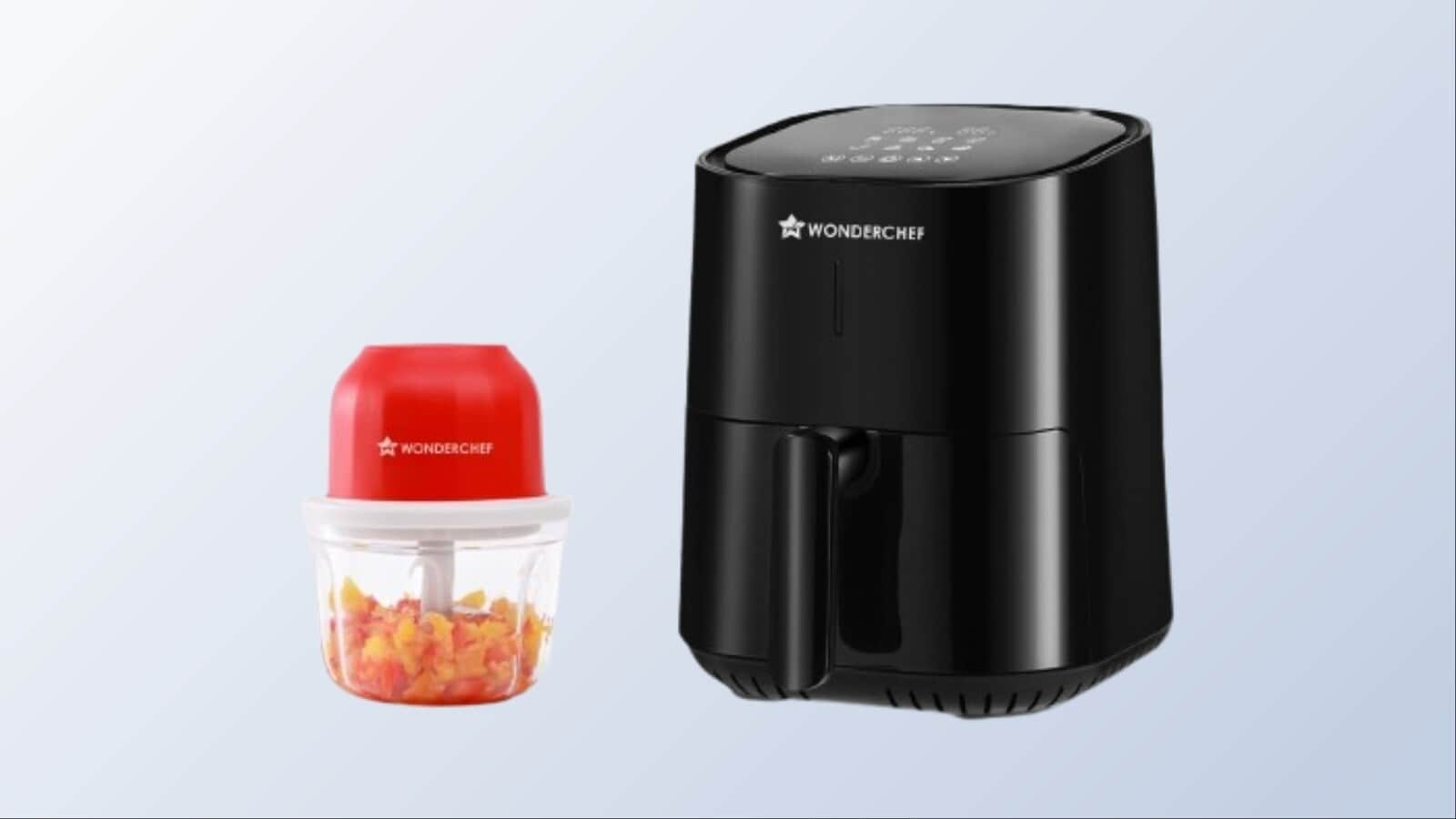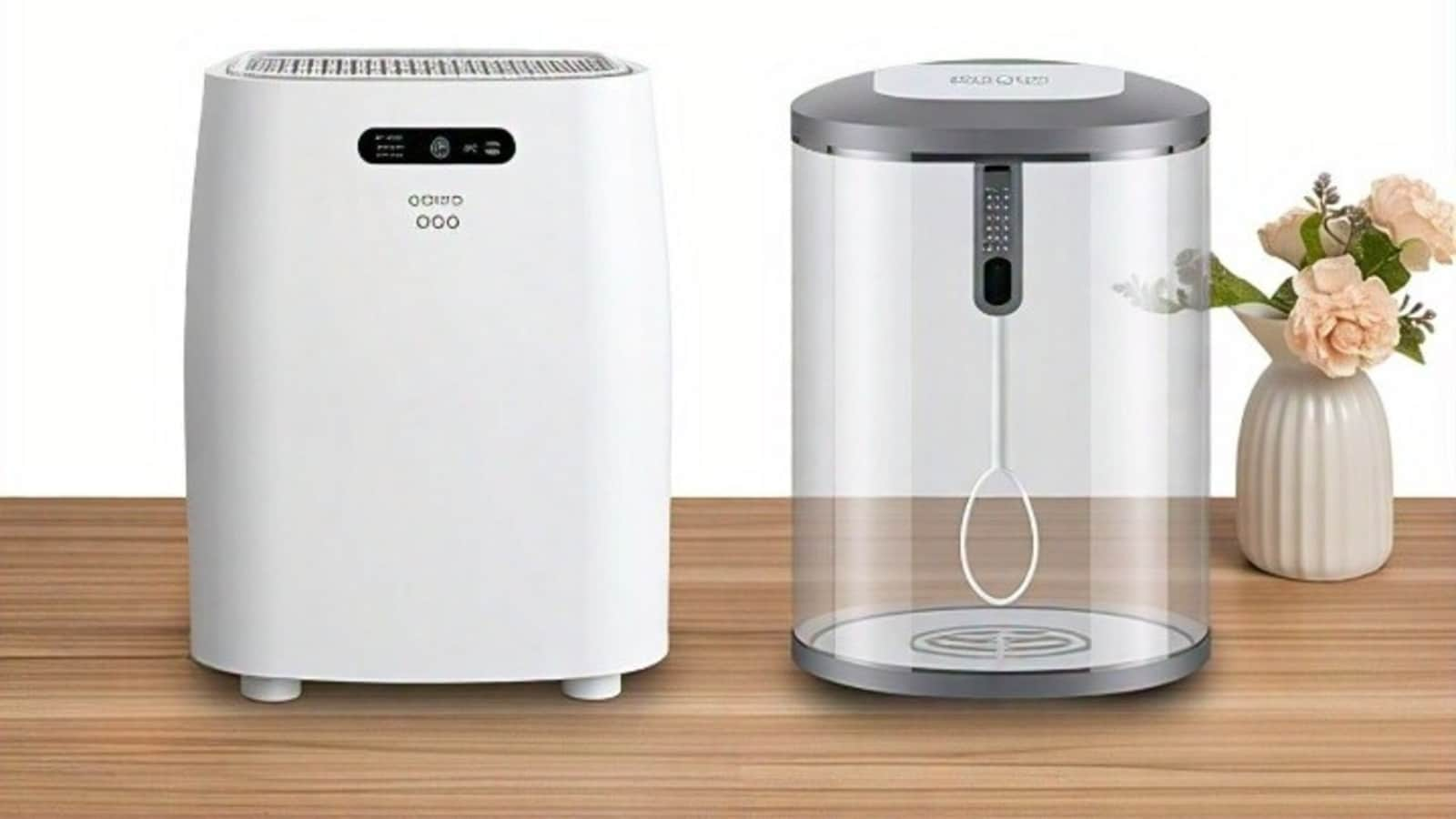When we talk about air pollution, we tend to focus on how it affects us, but have you ever considered the impact of poor air quality on your furry friends? Just like humans, pets are vulnerable to the pollutants in the air, and in many cases, their health can suffer in ways we may not even realise. From dander and fur to harmful toxins, the air inside your home may be filled with invisible threats that could be harming your pet.

The truth is that pets breathe in the same air we do, and their respiratory systems are just as susceptible to the harmful effects of pollutants. If you’re living in a city where air quality is a growing concern, whether it’s due to traffic fumes, household allergens, or seasonal pollutants, your pet’s health could be at risk too. While we often focus on our own wellbeing, it’s time we start paying attention to how our pets are impacted by the air they breathe.
So, do pets need air purifiers? The answer might surprise you. In this article, we will explore the connection between indoor air quality and pet health. We will also discuss the pollutants that can affect your furry companions, and look into whether investing in an air purifier could make a significant difference for both you and your pet.
How does bad air impact your pets?
Air quality is typically associated with outdoor pollution, but the air inside your home can be just as harmful, especially for your pets. Indoor environments may seem safer, but they can be filled with toxins and allergens, including pet dander, fur, dust mites, and even second-hand smoke, all of which can lead to respiratory issues for both humans and pets. Pets, particularly those with pre-existing respiratory conditions, are vulnerable to chronic irritation caused by these pollutants. From sneezing and coughing to more severe problems like asthma, bronchitis, and lung infections, the signs of respiratory distress often go unnoticed until they become more severe.
It’s not just the pollutants we bring into our homes that pose a risk. The allergens pets themselves generate, like fur and dander, can combine with other airborne pollutants to create an environment that exacerbates respiratory issues. These tiny particles are constantly circulating, putting your pet’s health at risk.
Fur, dander, and airborne threats lurking in your home
While you might assume that outdoor air pollution is the biggest threat to your pet’s health, it’s important to consider that pets themselves contribute significantly to indoor air pollutants. Pet dander, made up of tiny skin flakes shed by animals like cats and dogs, is one of the most common allergens found in homes. These particles are so small that they easily float in the air, settling on furniture and circulating throughout your living space. Combined with pet fur and saliva, these allergens can trigger allergic reactions and respiratory problems, especially for pets with sensitive lungs or compromised immune systems.
Additionally, these allergens mix with common indoor pollutants like dust mites, mould, and chemical fumes from cleaning products, which can worsen the overall air quality. The result is a perfect storm of pollutants that can harm your pet’s respiratory health. With this in mind, it’s clear that maintaining clean indoor air is crucial for the well-being of both pets and their owners.
Here are some budget-friendly air purifiers:
How can air purifiers improve your pet’s quality of life?
Air purifiers are not just beneficial for humans. They can be a game-changer for pets, too. With an efficient air purifier, you can significantly reduce the amount of pet dander, dust, and other airborne allergens in your home. These devices work by filtering out harmful particles, leaving behind cleaner air that’s healthier for both you and your pet to breathe.
However, not all air purifiers are created equal. To truly benefit your pet, look for air purifiers with HEPA filters, which are designed to capture the tiniest of particles, including pet dander. Activated carbon filters can also help remove odours, like the smell of pet urine or litter, which can linger in the air and irritate your pet’s respiratory system.
Important fact: HEPA filters capture up to 99.97% of airborne particles, including pet dander as small as 0.3 microns. This is crucial for improving the health of pets, especially those with allergies or respiratory conditions.
Top air purifiers every pet owner should consider:
Other environmental factors that affect your pet’s air quality
While pet dander and fur are major contributors to poor air quality, other factors like mould, dust mites, and chemical fumes (from cleaning products, paints, etc.) can also affect your pet’s health. These pollutants can combine with the allergens pets shed, worsening the air quality in your home and increasing the risk of respiratory issues.
Fact: Mould spores and dust mites can exacerbate respiratory conditions in pets, causing chronic irritation and worsening symptoms such as coughing, sneezing, or wheezing.
How to choose the best air purifier for your pet’s health?
When it comes to selecting an air purifier to improve the air quality for your pets, there are a few crucial features to consider:
1. HEPA filtration
The most important feature to look for is a HEPA filter. This type of filter can trap tiny particles, including pet dander, which is one of the most common allergens affecting pets. A good HEPA filter captures particles as small as 0.3 microns, which includes pet dander, dust, pollen, and other allergens.
2. Activated carbon filters
Another key feature is an activated carbon filter, which helps remove odours such as pet urine, litter box smells, and other unwanted odours that might irritate your pet’s respiratory system. These filters are highly effective at neutralising odours, ensuring your home smells fresh and your pet breathes cleaner air.
3. Room size coverage
The size of the room where your pet spends the most time is significant when choosing an air purifier. Make sure to decide a unit that can clean the air in the specific area your pet frequents. Check the product specifications to ensure it is suitable for the square footage of your room.
4. Noise level
Pets, especially those with sensitive hearing, can be disturbed by loud noises. Select a quiet air purifier that won’t disturb your pet, especially if you’re placing it in a bedroom or a place where your pet rests. Many modern air purifiers offer silent or low-noise modes, which are pet-friendly.
5. Airflow and speed settings
A unit with adjustable fan speeds is ideal. You’ll want an air purifier with multiple speed settings to adapt to different levels of air pollution in your home. You can adjust the settings depending on the air quality, ensuring that your pet has access to fresh air at all times.
Other ways to improve indoor air quality for your pets
While air purifiers are a critical tool, there are several additional strategies to keep your home’s air cleaner and safer for your pets:
1. Frequent cleaning of pet bedding
Pet bedding, toys, and other personal items can trap dander, fur, and dirt. Make it a habit to wash pet bedding regularly to reduce allergens. This will help prevent the buildup of allergens that may be reintroduced into the air.
2. Use hypoallergenic pet shampoos
Bathing your pets with hypoallergenic shampoos can help reduce the amount of dander they shed. This reduces the allergens that can float through the air and settle on surfaces, further contributing to poor air quality.
3. Avoid chemical fumes
Household cleaning products and air fresheners often contain chemicals that can irritate both human and pet respiratory systems. Consider switching to natural cleaning products and avoid using scented air fresheners around your pets. These chemicals can exacerbate existing respiratory conditions in your furry friend.
4. Regular ventilation
Open windows and allow fresh air to circulate throughout your home whenever possible. Ventilation can help clear out stale air, which may be filled with pet dander and other allergens.
5. Use an AQI monitor for pet health
An AQI monitor helps track air quality inside your home, focusing on harmful pollutants like dust, VOCs, and particulate matter that can affect your pet’s health. By regularly checking the air quality, you can ensure your pet is breathing clean air and adjust your air purifier when necessary.
Best AQI monitors for you and your pets:
Taking care of your pet’s health goes beyond just food and exercise. The air they breathe plays a big part in their well-being, too. By choosing the right air purifier, you’re helping to create a safer space for your pet, reducing allergens and pollutants that could harm their respiratory system.
A small step today can lead to a big difference in your pet’s long-term health, ensuring they live a longer, more comfortable life by your side. Remember that cleaner air means better health for everyone in your home, both two-legged and four-legged.
Similar stories for you
Breathe easy today with 5 life-saving air purifier features to combat extreme pollution levels
FAQs on Do pets need air purifiers? The surprising link between pet health and air quality
- Can air purifiers help with pet odours?
Yes, air purifiers with activated carbon filters are effective at removing pet odors from the air. They help neutralize smells from urine, fur, or litter, improving the overall air quality in your home for both pets and humans.
- Are air purifiers safe for pets?
Absolutely. Air purifiers are safe for pets as long as they are used correctly. They work by trapping particles in filters and do not release harmful substances into the air. Be sure to follow manufacturer instructions for proper use and maintenance.
- Will an air purifier eliminate all allergens from my home?
While air purifiers can significantly reduce allergens, they may not eliminate them entirely. They help reduce airborne particles like pet dander, dust, and pollen, but regular cleaning, vacuuming, and proper pet hygiene are also essential.
- Can I use any air purifier for my pets?
No, not all air purifiers are suitable for homes with pets. Look for purifiers with HEPA filters to trap small allergens like pet dander and activated carbon filters for odor removal. Ensure the purifier is powerful enough for the size of your home and your pet’s needs.
- How can I tell if my pet is affected by poor air quality?
If your pet shows signs like coughing, sneezing, wheezing, or excessive scratching, it may be reacting to poor air quality. Pets with pre-existing respiratory conditions are more vulnerable, so it’s important to monitor their health and consider using an air purifier if symptoms persist.
Disclaimer: At Hindustan Times, we help you stay up-to-date with the latest trends and products. Hindustan Times has an affiliate partnership, so we may get a part of the revenue when you make a purchase. We shall not be liable for any claim under applicable laws, including but not limited to the Consumer Protection Act, 2019, with respect to the products. The products listed in this article are in no particular order of priority.












Leave a Reply